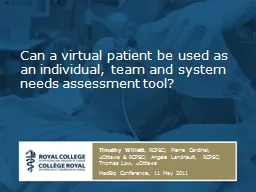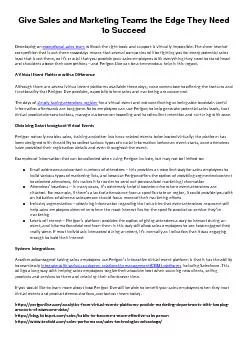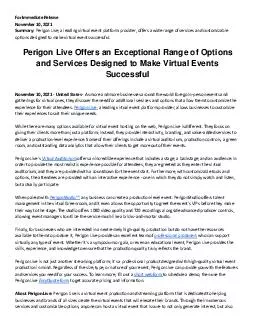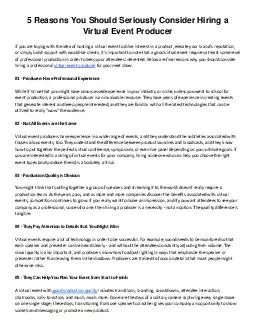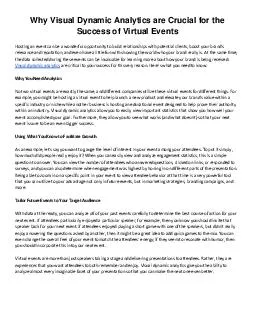PPT-Can a virtual patient be used as an individual, team and sy
Author : giovanna-bartolotta | Published Date : 2016-08-05
Timothy Willett RCPSC Pierre Cardinal uOttawa amp RCPSC Angele Landriault RCPSC Thomas Low uOttawa MedBiq Conference 11 May 2011 Disclosure Employee of Royal College
Presentation Embed Code
Download Presentation
Download Presentation The PPT/PDF document "Can a virtual patient be used as an indi..." is the property of its rightful owner. Permission is granted to download and print the materials on this website for personal, non-commercial use only, and to display it on your personal computer provided you do not modify the materials and that you retain all copyright notices contained in the materials. By downloading content from our website, you accept the terms of this agreement.
Can a virtual patient be used as an individual, team and sy: Transcript
Download Rules Of Document
"Can a virtual patient be used as an individual, team and sy"The content belongs to its owner. You may download and print it for personal use, without modification, and keep all copyright notices. By downloading, you agree to these terms.
Related Documents

